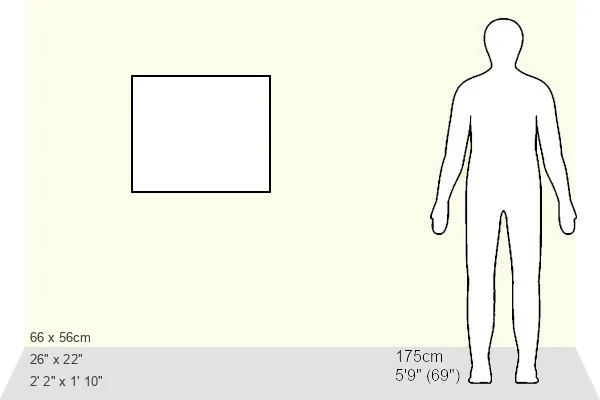Fine Art Print : Emblems from Mylius Philosophia reformat
![]()

Fine Art Prints From Science Photo Library
Emblems from Mylius Philosophia reformat
Set of four engraved emblems. At top left is a Moon-headed naked woman dressed in the globe of the Earth, breastfeeding a Sun-headed infant. At top right are four goddesses, each standing on a sphere representing the Four Elements (left to right: water, earth, air, fire). At lower left figures representing the Sun and the Moon sit on a radiant sphere which contains a three-headed snake. At lower right is a dragon engulfed in flames. Such emblems were drawn to symbolise the mystical nature of the alchemists art and to point the way toward making the Philosophers Stone. This engraving comes from Philosophia reformata by Johann Daniel Mylius, printed at Frankfurt in 1622
Science Photo Library features Science and Medical images including photos and illustrations
Media ID 6318129
© Todd-White Art Photography
1600s 17th Century Alchemical Alchemist Alchemy Allegory Dragon Elements Emblem Engraved Engraving Figure German Moon 1622 Mono Chrome Mylius
20"x16" (+3" Border) Fine Art Print
Introducing the Media Storehouse Fine Art Prints collection, featuring the captivating set of four Emblems from Mylius Philosophia. These exquisite prints showcase the engraved masterpieces by Todd-White Art Photography from Science Photo Library. Witness the mesmerizing image at the top left, where a Moon-headed woman, clad in the globe of the Earth, tenderly nurtures a Sun-headed infant. Each print is meticulously crafted to bring the intricate details and timeless beauty of these emblems into your home or office. Elevate your space with the rich history and symbolism of these Fine Art Prints.
20x16 image printed on 26x22 Fine Art Rag Paper with 3" (76mm) white border. Our Fine Art Prints are printed on 300gsm 100% acid free, PH neutral paper with archival properties. This printing method is used by museums and art collections to exhibit photographs and art reproductions.
Our fine art prints are high-quality prints made using a paper called Photo Rag. This 100% cotton rag fibre paper is known for its exceptional image sharpness, rich colors, and high level of detail, making it a popular choice for professional photographers and artists. Photo rag paper is our clear recommendation for a fine art paper print. If you can afford to spend more on a higher quality paper, then Photo Rag is our clear recommendation for a fine art paper print.
Estimated Image Size (if not cropped) is 47.5cm x 40.6cm (18.7" x 16")
Estimated Product Size is 66cm x 55.9cm (26" x 22")
These are individually made so all sizes are approximate
Artwork printed orientated as per the preview above, with landscape (horizontal) orientation to match the source image.
EDITORS COMMENTS
This print captures the essence of mysticism and alchemical symbolism from the 17th century. The set of four engraved emblems, sourced from Johann Daniel Mylius' Philosophia reformata, takes us on a journey through the enigmatic world of alchemy. Intriguingly, at the top left corner, we see a Moon-headed naked woman draped in the globe of Earth, nurturing a Sun-headed infant. This celestial depiction represents the interconnectedness between heavenly bodies and earthly elements. On the top right side, four goddesses gracefully stand atop spheres representing water, earth, air, and fire - symbolizing the Four Elements fundamental to alchemical philosophy. Moving to lower left corner figures portraying Sun and Moon seated upon a radiant sphere housing a three-headed snake further emphasize cosmic forces at play. Finally, at lower right emerges an engulfed dragon amidst flames; its presence alludes to transformation and metamorphosis central to alchemists' pursuit for knowledge. This monochrome engraving not only showcases intricate details but also serves as an allegory for those seeking enlightenment within their craft. Todd-White Art Photography has expertly captured this historical piece that invites viewers into an era where science blended seamlessly with spirituality. With its rich history dating back to 1622 Germany when it was printed in Frankfurt by Mylius himself, this emblematic artwork continues to fascinate enthusiasts interested in deciphering ancient secrets concealed within symbols such as suns, moons, dragons and elemental representations like air or fire
MADE IN THE USA
Safe Shipping with 30 Day Money Back Guarantee
FREE PERSONALISATION*
We are proud to offer a range of customisation features including Personalised Captions, Color Filters and Picture Zoom Tools
SECURE PAYMENTS
We happily accept a wide range of payment options so you can pay for the things you need in the way that is most convenient for you
* Options may vary by product and licensing agreement. Zoomed Pictures can be adjusted in the Basket.














